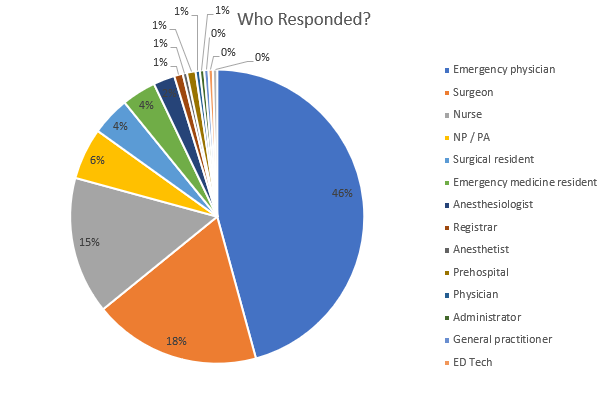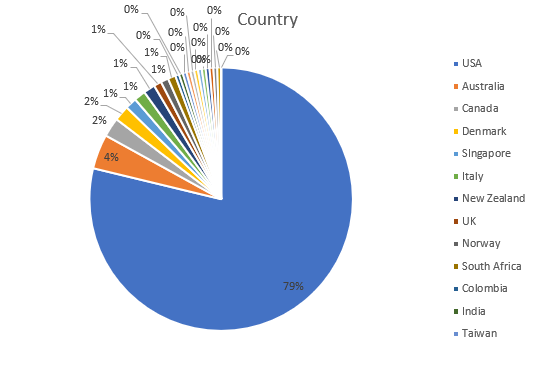Thanks to all who have already participated in the Trauma PI Coordinator Survey! I’m beginning to wind it down, and will be closing it this Sunday night. If you have not taken part, please take a moment to read the following and fill it out!
Trauma performance improvement (PI) is a very complicated business, and more trauma centers fail their verification visits due to PI problems than for any other reason. The amount of information reviewed in the trauma PI program and the volume of documentation required can be quite onerous, but is necessary to assure the highest quality trauma care.
Many centers are now hiring trauma PI coordinators (TPIC) to free up other personnel from this time consuming task. Do you have a trauma PI coordinator, or do you wish you did? Please take two minutes to fill out a quick survey. I am trying to determine how many centers do and how many do not have a PI coordinator. I’d also like to correlate the center demographics with PI coordinator presence or absence.
For that reason, you must have one key piece of information before you fill out the survey. I need the total number of trauma registry admits for your center. You can find this out from your trauma program manager (TPM) or the lead registrar. Or better yet, have your TPM fill out the survey!
The survey will close this Sunday night, and then I will publish the results here in the next few weeks. I’ll show TPIC FTEs vs center level and type, trauma volume, and other fun tidbits that might help those have-nots out there get one of their own!
You can access the survey by clicking here
Thanks for participating!


